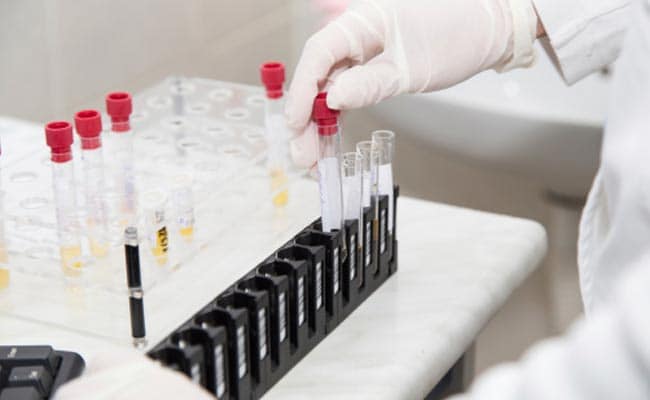
Scientists have developed a pioneering new treatment to work on antibiotic-resistant bacteria.
The new treatment, developed by researchers at the University of Sheffield and funded by Age UK is a new way to prevent skin wounds, such as bed-sores and ulcers, becoming infected.
This treatment has been proven to work on antibiotic-resistant bacteria, such as Methicillin-resistant Staphylococcus aureus (MRSA), which is currently one of the biggest threats to global healthcare and medicine.
Bacterial skin infections are a major problem for older people and people with chronic health conditions, such as diabetes.
Infected wounds heal more slowly, causing pain and distress for the patient, and are a significant cost to the NHS in the UK.
To launch an infection, bacteria attach tightly to skin cells and have learned to hijack ‘sticky patches’ on human cells to achieve this.
Using proteins called tetraspanins, from human cells, the Sheffield scientists have made these patches much less sticky, allowing bacteria to be harmlessly washed away.
The research has shown that these proteins prevent bacterial infections in a model of human skin, which the scientists say give a clear indication that this treatment is both safe and effective.
This treatment was trialled on a model of 3D tissue engineered skin (TEskin) developed by engineers at the University.
The engineered skin, pioneered by Professor Sheila MacNeil from the University’s Department of Materials Science and Engineering, can model infected wounds in human skin and mimics the tissue structure of normal adult skin.
It can be used to analyse the penetration of peptides and bacteria.
Pete Monk from the University’s Department of Infection, Immunity and Cardiovascular Science, who led the study, said: “This development is a huge breakthrough in the fight against antibiotic-resistance. Skin infections, such as bed-sores and ulcers, can be incredibly troubling for patients who may already be dealing with other debilitating conditions. They are also a significant problem for modern healthcare”.
“We hope that this new therapy can be used to help relieve the burden of skin infections on both patients and health services while also providing a new insight into how we might defeat the threat of antimicrobial drug resistance”.
“The therapy could be administered to patients using a gel or cream and could work well as a dressing. We’re hoping it can reach clinical trials stage in the next three to five years,” Mr Monk said.
